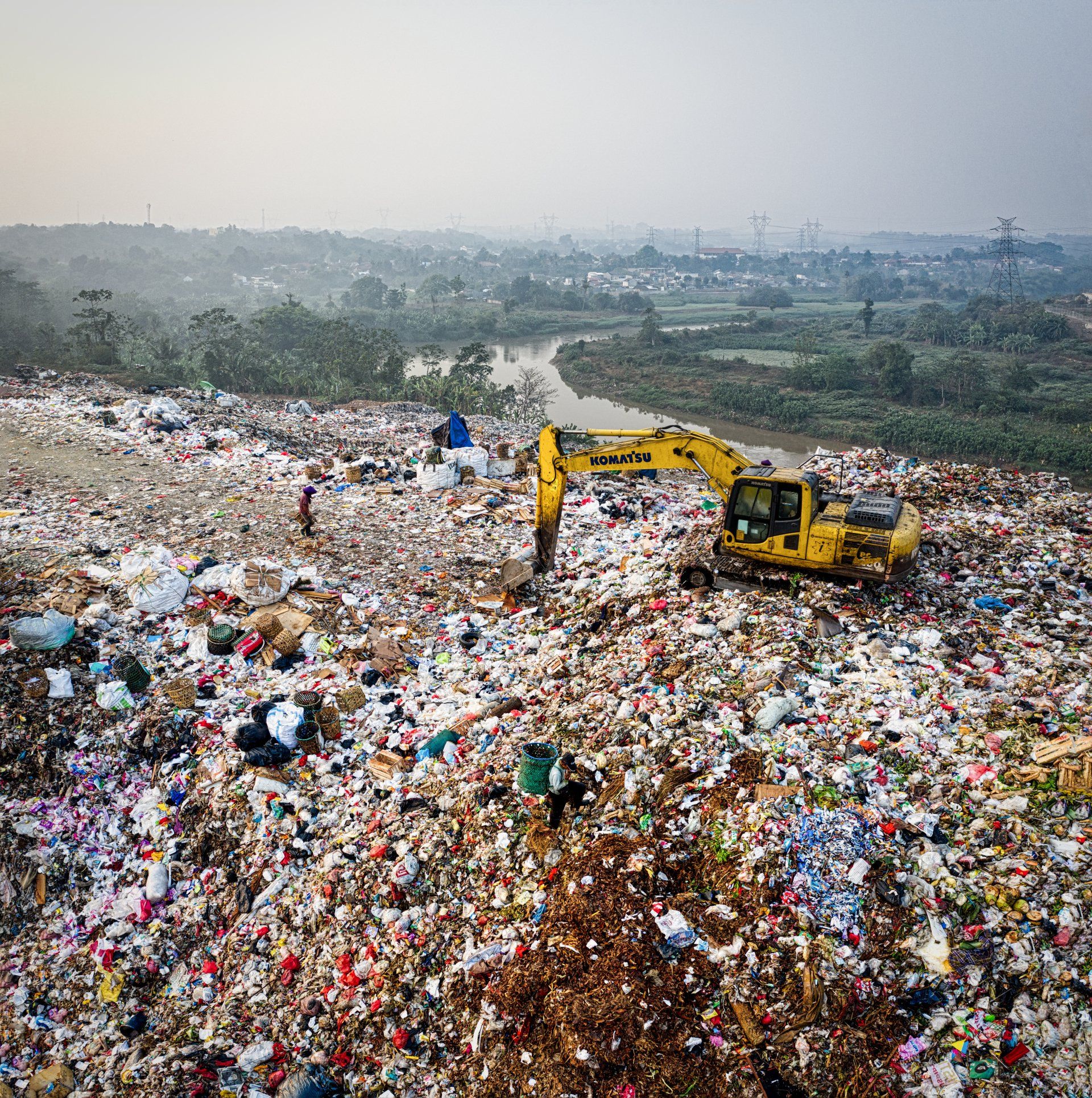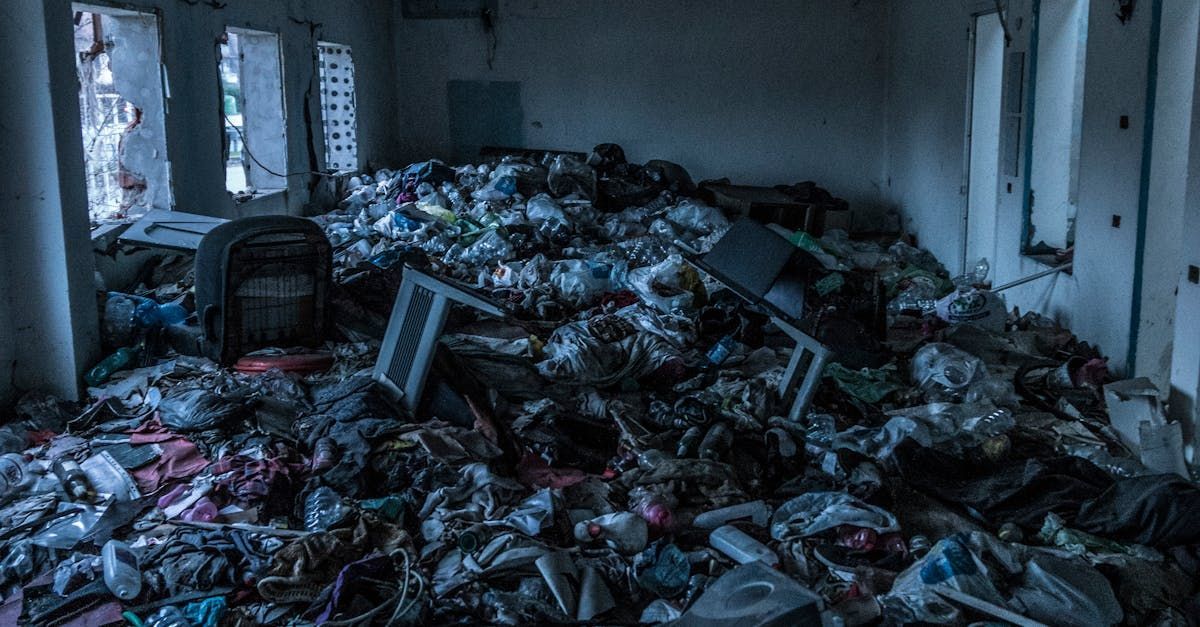Home Maintenance: Fall Cleaning Checklist
As the leaves start to change and the air turns crisp, it’s time to prepare your home for the cooler months ahead. Fall cleaning isn’t just about tidying up; it’s an essential part of home maintenance that ensures your living space stays comfortable and efficient. Here’s a comprehensive fall cleaning checklist to help you get your home ready for winter.
Exterior Inspection
Roof and Gutters
Start with a thorough inspection of your roof. Look for missing or damaged shingles and check for signs of leaks. Clear out gutters and downspouts to prevent water buildup that can lead to ice dams in the winter.
Windows and Doors
Check for drafts around windows and doors. Reseal or caulk any gaps to keep the warm air in and the cold air out. This small step can significantly improve your home’s energy efficiency.
Yard Cleanup
Rake leaves, trim overgrown shrubs, and remove dead plants from your garden. This not only keeps your yard looking tidy but also prevents pests from taking shelter.
Indoor Cleaning
Deep Clean Carpets and Rugs
Vacuum thoroughly and consider steam cleaning carpets and rugs. This removes dust, allergens, and any stains that may have accumulated over the year.
Dust and Wipe Surfaces
Dust ceiling fans, light fixtures, and baseboards. Don’t forget to wipe down surfaces, including kitchen counters and bathroom vanities, to keep germs at bay.
Windows and Screens
Clean windows inside and out to let in as much natural light as possible during the shorter days. Don’t forget to clean screens and check for any tears that may need repairing.
Seasonal Maintenance
HVAC System
Schedule a professional HVAC inspection to ensure your heating system is ready for winter. Change filters and check thermostats to maintain optimal performance.
Chimney and Fireplace
If you have a fireplace, make sure to have it cleaned and inspected. This will help prevent chimney fires and ensure efficient heating.
Smoke and Carbon Monoxide Detectors
Test and replace batteries in smoke and carbon monoxide detectors. It’s a simple step that can save lives.
Decluttering
Sort and Donate
Go through your belongings and decide what to keep, donate, or toss. Focus on areas like closets, garages, and basements. Decluttering not only makes your space feel larger but also helps you find items more easily. For large decluttering projects, it can be helpful to rent a moveable dumpster.
Seasonal Swap
Switch out summer clothes for fall and winter wardrobes. Store away summer gear and make room for cozy sweaters and boots.
Prepare for Winter
Insulate Pipes
Wrap pipes in unheated areas with insulation to prevent freezing. This is especially important in basements, attics, and garages.
Stock Up on Supplies
Prepare for winter storms by stocking up on essentials like salt, shovels, and firewood. Having these items ready can save you a lot of hassle when the snow begins to fall.
Check Outdoor Lighting
With shorter days ahead, ensure that outdoor lights are working properly. Replace any burned-out bulbs and consider adding motion sensors for added security.
By following this fall cleaning checklist, you’ll not only prepare your home for the colder months but also create a cozy and inviting atmosphere. Taking the time now to tackle these tasks will pay off in comfort, safety, and energy savings throughout the winter. Happy cleaning!
You might also like
Bin Buzz


